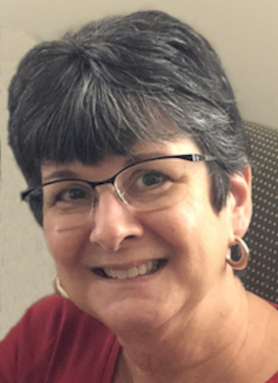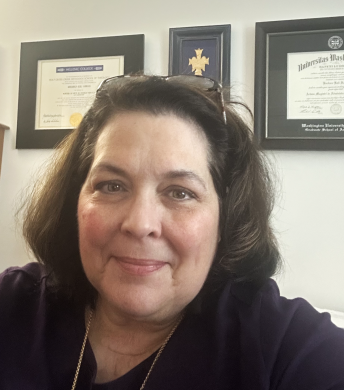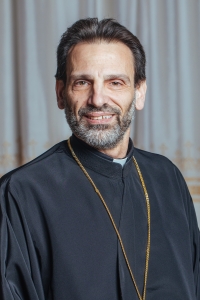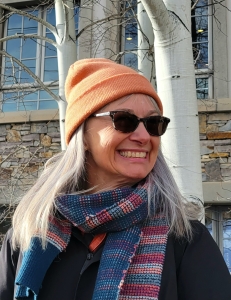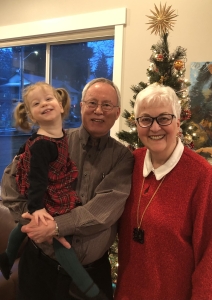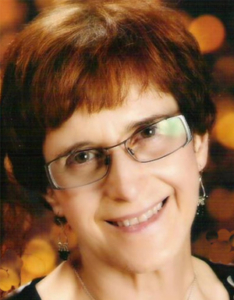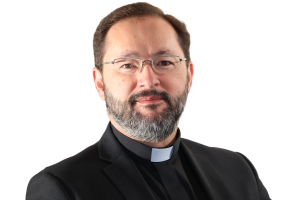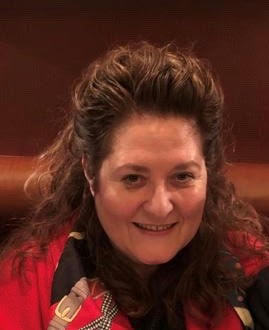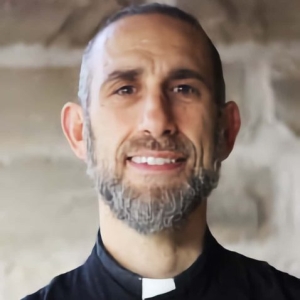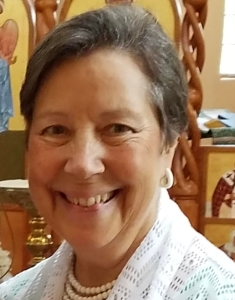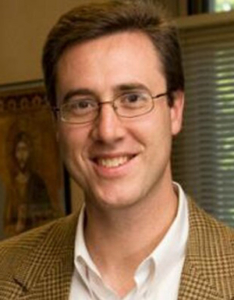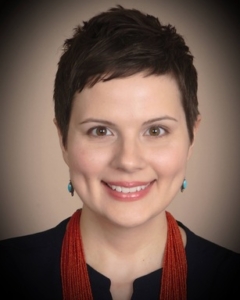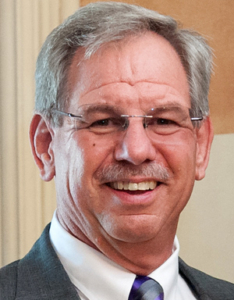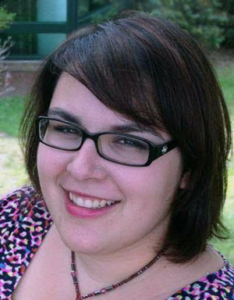The Diaconate was Established in Acts 6 as a Ministry of Service
Acts 6 marks the embryonic beginning of the office of the diaconate in the Church for men and later, for women as well (as seen by the reference in the book of Romans.) From early Church texts we know that deaconesses ministered to women in much of the way male deacons ministered to men. Other responsibilities mentioned in Church texts include catechetical instruction, pastoral care, taking communion to the infirm, supervision at Liturgy, participating in processions, and serving as agents of the bishop entrusted with carrying out philanthropic activities and hospitality. Unfortunately today, the ordained order includes (except in rare cases) only men and has largely been reduced to only a liturgical role r is exercised as merely a stepping stone to the priesthood/presbyterate. In some jurisdictions, the diaconate is non-existent. To think that our parish priests are capable of taking on the duties once carried out by deacons and deaconesses is unrealistic and unhealthy for both the parish and the priest.
The Needs and Talents of Half the Church Should Be Acknowledged
For a variety of reasons the female diaconate eventually fell out of use in most parts of the world. Among other things, this left half of the faithful without ordained and accountable women to turn to when needed. In addition, it ignores the gifts and talents of half of our faithful—the unique experiences, perspectives and gifts of our women. This assumes that the male deacon and priest can successfully address the unique needs and challenges of women. However, same-sex counseling is beneficial and needed in areas concerning marital relations, motherhood, abortion, miscarriages, sexual abuse, caregiving, and other issues. Additionally, there are instances when it can be awkward, traumatic, and even inappropriate for a woman to seek counseling or spiritual guidance from her priest. The damage this can do—and has done—can be avoided when properly trained and ordained women are part of our parish life.
Ordination is an Essential Part of This Ministry and is Required of our Deacons, Priests, and Bishops
Ordination is necessary because it is a setting apart of people for ministry in a particular community, changing their relationship with the community. They are given the authority and support of the Church, but are also held accountable to Her. Having been recognized by the community, their gifts are then enlivened by the grace of the Holy Spirit. Priests and deacons are ordained in the context of the Eucharist, at the altar, and by the bishop. Their service is tied to the Liturgy and the altar as the source and summit of their ministry. In concrete terms, they connect the liturgy of our lives to the sacramental life of the Church. To suggest that it is not necessary to ordain women for this ministry would set a double standard. If only male deacons are ordained, it dangerously erases the credibility, authority, recognition, and accountability of female deacons that the Church requires.
Female Ordination to the Diaconate is Part of our Church’s Rich History
As mentioned above, the female diaconate was a vibrant ministry in the Church for over 1000 years. Although her duties varied according to the need and circumstance of the community, much of that ministry is still needed today. Recognizing the diaconal ministry of women and men can help to strengthen our mission for the building up of the Body of Christ and the Life of the world today!
Personal Testimonies:
the Need for a Female Diaconate
In our years as an organization, we have heard many stories: Stories of women who needed a woman, recognized by the Church, to minister to them. Stories of times when that perspective would have been more appropriate than the ministry they did – or did not – receive. Stories of barriers our sisters faced to an empathetic pastoral conversation, and how that created a barrier to healing.
The St. Phoebe Center wants to create a space where we can understand your need for a female diaconate. We want to listen to your story.
We invite you to share your story any way you feel comfortable: anonymously, written, recorded, etc. The prompt below is a suggested conversation. Any answer is welcome.























